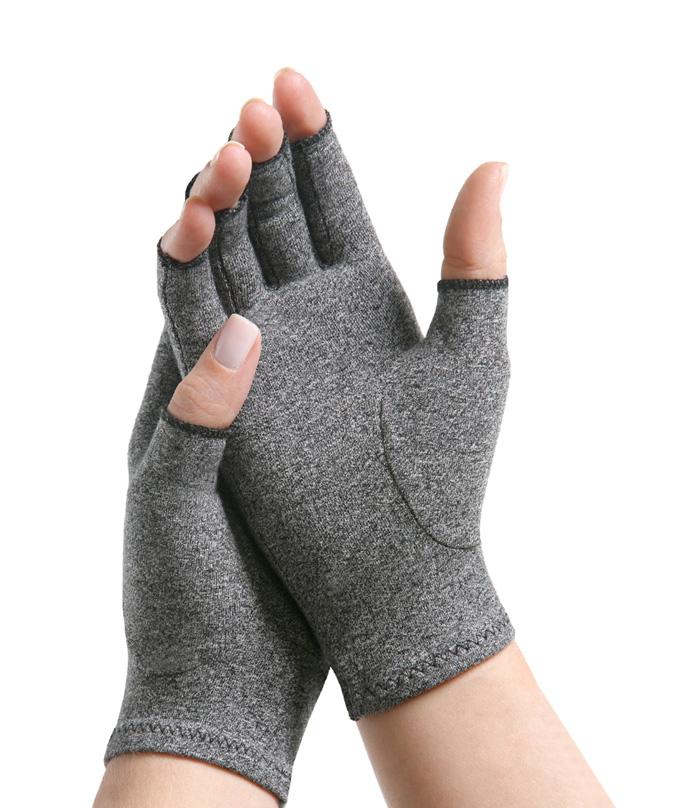What Is Heel Spurs? Causes, Symptoms & Treatment Options
Heel spurs are common causes of heel pain among individuals. A heel spur is a bony growth that is attached to your calcaneus or heel bone and grows into the arch of your foot.
Causes Of Heel Spurs
Heel spurs are caused by plantar fasciitis, which is an injury that involves inflammation or tears in the plantar fascia.
The plantar fascia is a thick fibrous connective tissue band that starts from the heel bone and extends along your sole and stretches to your toes. The fascia prevents the arch of your foot from over-flattening, thus acting as a shock absorber.
When plantar fasciitis is left untreated or if healing is delayed, your body will begin to repair this weak and soft tissue with bone tissue. Ideally, your fascia should be heeled with fibroblastic activity. If your injury persists or refuses to heel this way, there will be calcification within the fascia or your heel bone insertion. The calcification or formation of bone in the heel area is referred to as heel spurs.
Symptoms
Common symptoms of heel spurs include:
- Pain under the heel in the morning or after resting
- Pain that worsens with the first steps in the morning
- Pain that improves with activity
- Sensation of a tender bony lump when you touch the tender area
Risk factors
You’re more likely to have heel spurs if you are:
- Overweight, as the extra weight adds strain to the fascia
- Very active, as sports activities apply stress on the heel bone and surrounding tissue
- Pregnant, as weight gain and swelling may relax the ligaments and lead to mechanical issues and inflammation
- Flat footed or if you have high arches, as these change shock absorption ability of your plantar fascia
- Middle aged or older, as aging may cause the arch of your foot to sag, adding stress to the fascia
- Wearing improper shoes
- Suffering from arthritis or diabetes
Treatment For Heel Spurs
Since the condition starts off with plantar fasciitis, conventional treatments at home may help prevent the injury from developing:
- Stretching exercises. These will stretch your calf muscles, ease pain and speed up recovery
- Applying ice. Applying an ice pack wrapped in a towel for 20 minutes every 3-4 hours of the day may reduce inflammation
- Reduce activities. Cutting down on activities that caused the injury in the first place may allow your heel to rest and recover
- Wearing proper shoes. Supportive shoes that offer good arch supports with slightly raised heels may reduce the stress on your plantar fascia
- Medications. OTC pain killers such as ibuprofen are recommended to reduce pain and inflammation
If pain persists after several weeks of conventional treatment, see your foot and ankle surgeon. He or she may recommend the following treatment methods:
- Padding and strapping. When you place straps in your shoes, you’ll soften the impact of your walking and reduce stress on your fascia and ankle. Strapping will also help reduce strain on your plantar fascia and help it heal
- Orthotic devices. Custom orthotic devices may help correct natural structural abnormalities of your foot
- Plantar Fasciitis Socks. Socks and sleeves designed for plantar fasciitis can help with Heel Spurs.
- Night splints. These will allow the plantar fascia to maintain an extended stretch while sleeping, thus reducing morning pain after waking up
You can check this other article: What Is Tarsal Tunnel Syndrome? Causes, Symptoms & Treatment Options
Image Use:
You are allowed to re-use the image with the BodyHeal.com.au logo on your website or any online publication as long as the proper creditation is given to BodyHeal.com.au. You can link back to our homepage, or this article at https://bodyheal.myshopify.com/blogs/ankle/what-is-heel-spurs-causes-symptoms-treatment-options







Hello – sorry for the late response, we weren’t notified of it (something to fix). Compression socks can definitely help with both prevention and recovery. In particular our range of OS1st. Have a look at our range here:
https://www.bodyheal.com.au/collections/compression-socks
Do braces heal or prevent further damage?
Heel spurs also occurred while wearing heels what is the prevention for this?
Leave a comment